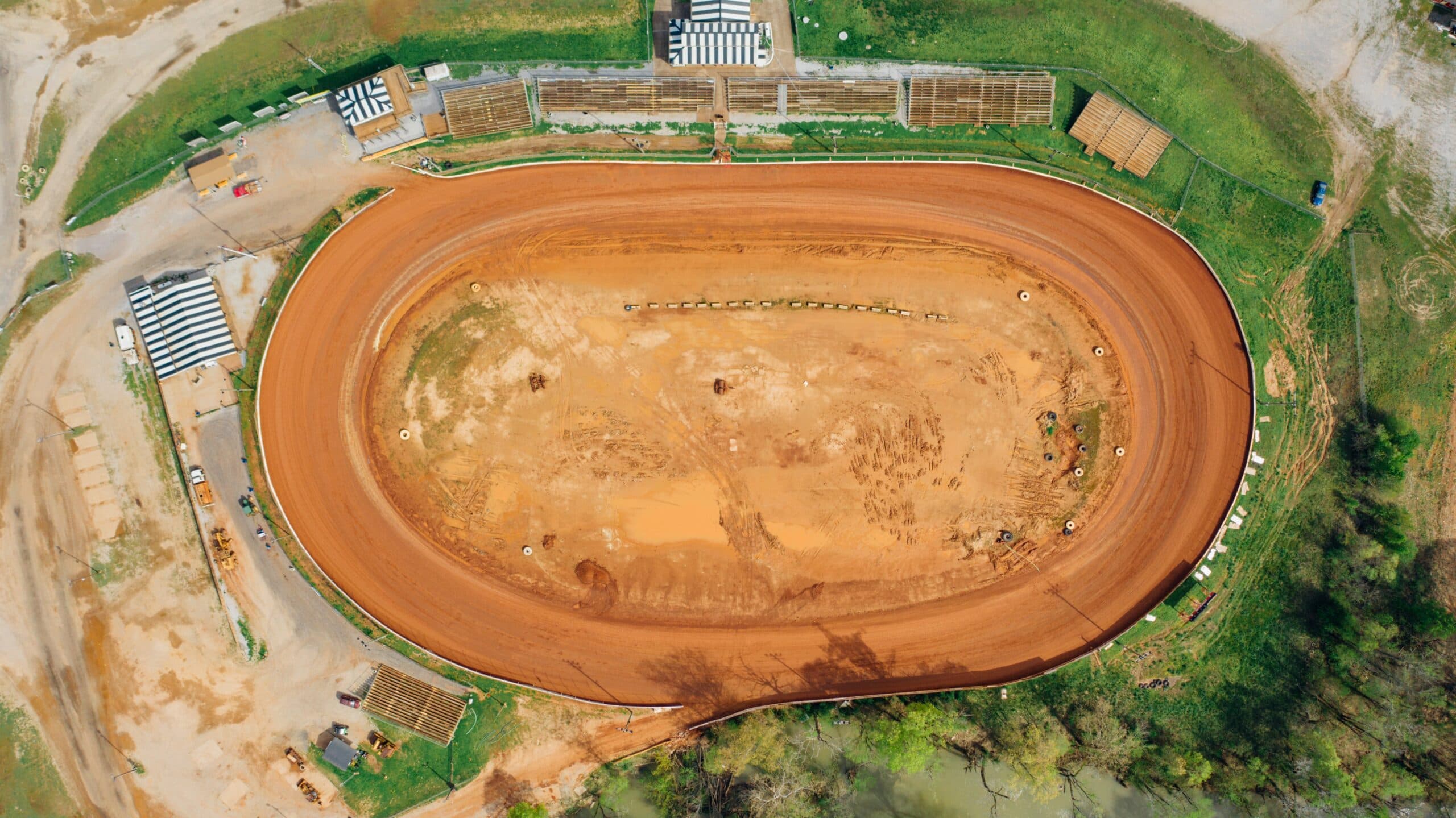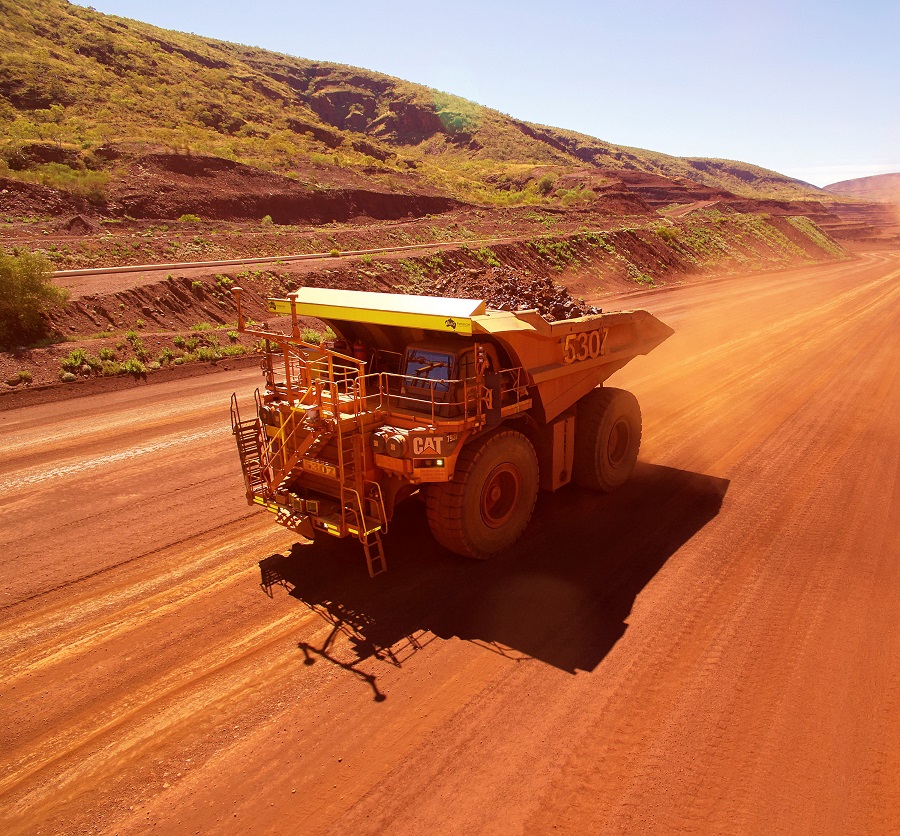Guide to Latest Mining Technology
Eric Walker
December 04, 2023
Mining Technology has become the next big tech disruption. Mining has been a cornerstone of human civilization, providing essential materials for construction, manufacturing, and energy production. As we move further into the 21st century, the mining industry has begun to embrace innovative technologies that increase efficiency, reduce environmental impact, and improve worker safety. This guide will explore the latest advancements that are reshaping the mining landscape.
Automation and Robotics
One of the most significant shifts in mining technology is the move towards automation. Autonomous vehicles, drones, and remote-controlled equipment are becoming more ubiquitous in mining operations. These technologies allow for more precise excavation, reduced risk to human operators, and around-the-clock operation, which can dramatically increase productivity.
Autonomous Haulage Systems (AHS)
Autonomous Haulage Systems (AHS) are revolutionizing the mining industry by employing self-driving trucks to transport ore and other materials. These systems significantly enhance productivity and safety while also reducing operational costs. AHS trucks are equipped with state-of-the-art technologies such as GPS, radar, LiDAR, and sophisticated onboard computers, allowing them to navigate through complex mine sites with precision.
Companies like Komatsu and Caterpillar have developed AHS that can operate in complex environments, reacting to obstacles and following pre-determined routes to transport materials efficiently.
These autonomous trucks are programmed to follow pre-determined routes, and they can adapt to changes in their environment, such as obstacles or altered terrain. The constant communication between the AHS fleet and a central control system ensures seamless operation and coordination. This central oversight allows for real-time tracking of the fleet’s performance and the ability to make immediate adjustments as necessary.
Implementing AHS also contributes to a reduction in fuel consumption and maintenance needs, as the trucks are optimized for efficient driving and can operate 24/7 without requiring breaks, unlike their human-operated counterparts. The reduced need for human drivers mitigates the risk of accidents caused by driver fatigue or error.
The integration of AHS in mines is part of the broader trend towards Industry 4.0. This is where automation and data exchange in manufacturing technologies improve not only efficiency but also worker safety by removing personnel from potentially hazardous environments. As the technology evolves, AHS is set to become a standard feature of modern mining operations.
Drones for Surveying
Drones have revolutionized the field of surveying, providing a high-tech edge to the ever-evolving mining technology sector. These unmanned aerial vehicles (UAVs) offer an unprecedented combination of safety, efficiency, and accuracy, critical for the demanding environments found in mining operations. Equipped with advanced sensors and imaging capabilities, drones swiftly collect topographic data across vast and often inaccessible areas, producing detailed orthomosaic maps and 3D models of mine sites.
Incorporating drones into mining technology facilitates real-time decision-making, allowing for the meticulous planning and monitoring of extraction activities. The aerial perspective drones provide enhances the ability to track changes, manage resources, and assess potential risks. This technology supports sustainability efforts by accurately measuring stockpile volumes, reducing the need for excess material movement and minimizing environmental impact.
Furthermore, drones drastically reduce the need for manual surveying, mitigating the risk to surveyors who would otherwise have to navigate hazardous terrain. The integration of drone technology in mining operations exemplifies how cutting-edge tools can be harnessed to increase productivity while simultaneously bolstering safety and environmental stewardship. As the demand for minerals grows, so does the reliance on such innovative technologies to sustainably meet global needs.
Internet of Things (IoT) in Mining
IoT refers to the interconnected network of devices that communicate with each other. In mining, IoT technology can track the condition and performance of equipment, predict maintenance needs, and optimize resource use.
Smart Sensors
Smart sensors placed on mining machinery can monitor their health in real-time, sending alerts for preventive maintenance before breakdowns occur. This predictive maintenance saves time and money while minimizing downtime.
Connected Mines
IoT enables a connected mine where all components of a mining operation are integrated. Data from sensors on equipment, vehicles, and within the mine itself can be analyzed to improve decision-making and operational efficiency. These mining technology can be adapted to mining gems or any other minerals. The process may change a bit in mining but the automation and efficiency gives the same results.
Advanced Geological Technologies
Modern mining relies heavily on understanding geological formations. Advancements in geological technologies have made it possible to analyze ore bodies more accurately.
Seismic Surveying
Seismic surveying is not new, but its application in mining has improved with better sensors and data processing algorithms. These waves are used to map subterranean structures, helping to locate ore deposits with greater precision.
Electromagnetic (EM) Technology
EM technology involves sending electromagnetic fields into the ground to measure the conductivity of rocks. This helps distinguish between different types of minerals and structures, guiding drilling decisions without the need for extensive exploratory digging.
Enhanced Drilling Techniques
Drilling is a critical component of mining operations. New technologies have made drilling faster, safer, and more environmentally friendly.
Automated Drilling Rigs
Automated drilling rigs can operate with minimal human intervention. They use advanced navigation systems to drill with high precision, ensuring that the drilling plan is followed accurately.
Directional Drilling
Directional drilling allows for drilling at angles other than vertical. This technique can access ore bodies that would otherwise be unreachable due to surface obstacles or environmental restrictions.
Digital Twin Mining Technology
Digital twin technology involves creating a digital replica of a physical mining operation. This virtual model can be used for simulation, analysis, and control of the mining process.
Real-time Simulation
Real-time simulation has revolutionized the way mining technology is developed and implemented, enhancing safety, efficiency, and sustainability in the mining industry. This advanced technique allows for the creation of dynamic models that mimic the operations of a mine, providing a virtual environment where various scenarios can be tested and analyzed without disrupting actual production.
Through real-time simulation, mining technology can be optimized by predicting equipment performance, monitoring extraction processes, and troubleshooting potential issues before they occur in the field.
By integrating real-time data from sensors and machinery, simulations can offer immediate feedback and adjustments to improve mining operations. This adaptability is crucial for managing complex systems and responding to unforeseen challenges. Real-time simulation also facilitates training for personnel, preparing them for a range of situations in a risk-free setting. Consequently, mining companies can ensure that their operations are not only more productive but also adhere to the highest safety standards, thereby reducing accidents and environmental impact.
Process Optimization
The digital twin can also be used for process optimization. By analyzing data from the digital model, operators can identify bottlenecks and inefficiencies within the mining process and adjust accordingly.
Artificial Intelligence and Machine Learning
AI and machine learning are playing an increasingly important role in modern mining operations. These technologies can analyze large volumes of data to provide insights that would otherwise be impossible to discern.
Predictive Analytics
Machine learning algorithms can predict trends and patterns within mining data. This can lead to better resource allocation, predictive maintenance schedules, and optimized operational strategies.
AI-driven Exploration
AI algorithms can process geological data to predict where mineral deposits might be located. This reduces the risk involved in exploration by narrowing down potential sites before any drilling occurs.
Environmentally Friendly Practices
Sustainability is becoming a priority in the mining industry. New technologies are aimed at reducing the environmental footprint of mining activities.
Electric Vehicles (EVs)
Electric vehicles are gradually replacing diesel-powered equipment. EVs produce zero emissions at the point of use, which is crucial for improving air quality in mines and reducing greenhouse gas emissions. Lithium, one of the most precious metals is revolutionizing the EV Technology. The demand for Lithium Mining is increasing steadily due to huge shortage of batteries for EVs.
Water Reclamation Systems
Advanced water reclamation systems use filtration and chemical processes to clean and recycle water used in mining processes. This reduces water consumption and prevents polluted water from damaging local ecosystems.
Worker Safety Enhancements
The safety of mine workers is paramount, and technology plays a pivotal role in protecting them from hazardous conditions.
Wearable Technologies
Wearable technologies are revolutionizing various industries by offering innovative solutions to enhance operational efficiency and safety. In the realm of mining technology, these devices are particularly transformative. They provide miners with real-time data about their environment, health, and equipment status. Wearable tech such as smart helmets with heads-up displays can show critical information about underground conditions, while sensors worn on the body monitor vitals to prevent exhaustion or heatstroke.
Moreover, during emergency situations , you can integrate these wearables with above-ground control systems for immediate response. This is ensuring swift evacuation and medical attention. The incorporation of wearable technologies in mining not only optimizes the extraction process but also significantly reduces the risks associated with one of the world’s most hazardous professions. As a result, mining companies are increasingly investing in these technologies to ensure the safety of their workforce and improve the efficiency of their operations.
Collision Avoidance Systems
Collision avoidance systems in mining vehicles use radar, lidar, and cameras to detect potential collisions with other vehicles or obstacles. These systems can automatically apply brakes or alter the vehicle’s course to prevent accidents.
Conclusion
The latest mining technologies are transforming the industry from a high-risk, labor-intensive operation to a safer, more efficient, and sustainable enterprise. As we continue to rely on the earth’s resources, it is imperative that mining practices evolve through technological innovation.
By embracing automation, IoT, advanced geological technologies, and environmentally friendly practices, the mining sector can meet the demands of the modern world while minimizing its impact on the environment and improving conditions for its workers. The future of mining is not just about extracting resources—it’s about doing so in a way that is smarter, safer, and more harmonious with the planet we call home.
All Tags
